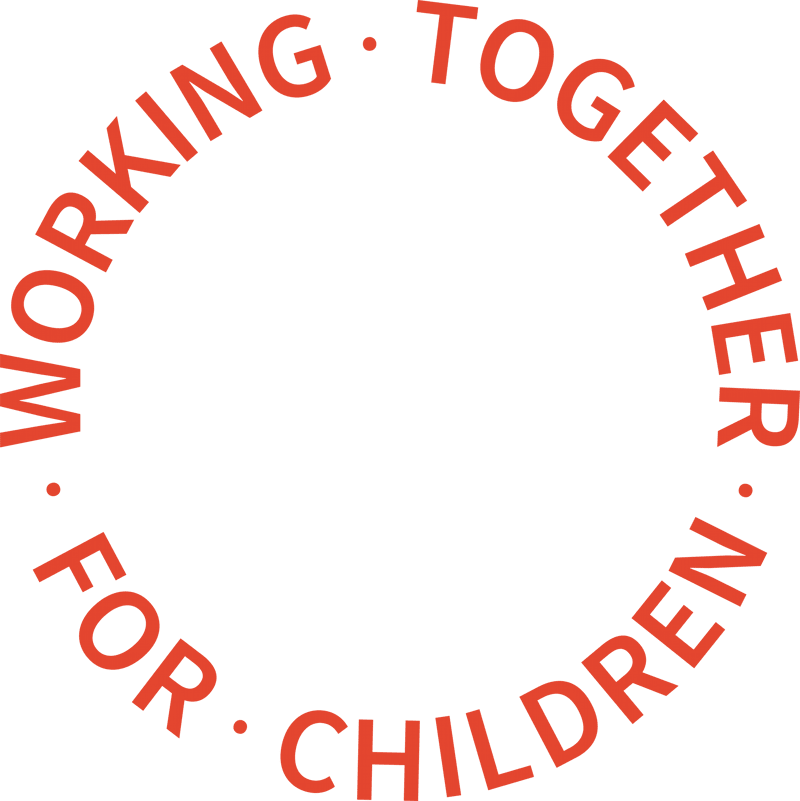There are an estimated 27,000 children in England who identify as a gang members, yet only a fraction of whom are known to children’s services, the children's commissioner for England has warned.
While some of these children may only identify loosely with a gang and may not be involved in crime or serious violence, worryingly there are an estimated 34,000 children who know gang members who have experienced serious violence in the last year.
Anne Longfield said: "The criminal gangs operating in England are complex and ruthless organisations, using sophisticated techniques to groom children, and chilling levels of violence to keep them compliant. At the moment it is too easy for them to succeed. Thousands of children in towns and cities across England are at risk and the same attention must be paid to protecting them as to other major threats to children.
"However, I am worried that all the mistakes that led to serious safeguarding failings in relation to child sexual exploitation in towns and cities up and down the country are now being repeated. Many local areas are not facing up to the scale of the problem, they are not taking notice of the risk factors in front of them, and they are not listening to parents and communities who ask for help. Less than half of child offenders involved in gangs are being supported by children’s services," she added.
The research looks into the characteristics of children involved in gangs. Compared to other children known to social services or other child offenders, those with gang associations are:
- 95% more likely to have social, emotional and mental health issues
- More than twice as likely to be self-harming
- 41% more likely to have a parent or carer misusing substances and eight times more likely to be misusing substances themselves
- 37% more likely to have witnessed domestic violence
- 37% more likely to be missing/absent from school.
The report also warns that referrals to children’s services where gangs were identified as an issue rose by 26% between 2015/16 and 2016/17 while permanent exclusions rose by 67% between 2012/13 and 2016/17.
Hospital admissions for children who have been assaulted with a sharp object rose 20% between 2015/16 and 2016/17 and the number of children cautioned/convicted for possession of weapons offences rose 12% between 2016 and 2017.
The research spoke to 25 Local Safeguarding Children Boards in ‘high-risk’ areas who were asked about their response to gang violence and criminal exploitation, including their estimates of the numbers of children in gangs or at risk of being drawn into gangs. The responses showed many areas had no information on the levels of gang activity and risk among children in their area, and that it was often the areas with the highest levels of gang violence that had the least information.
Most areas had identified only a handful of children whom they believed to be in gangs or at risks of gangs, and only one had an estimate of the actual scale of child gang membership.
The report also suggests safeguarding boards are frequently failing to investigate properly child deaths where gang violence was a factor. As a result, there is little evidence that they can ensure lessons are learnt in terms of protecting other children.
The children's commissioner for England is urging:
- The government to make child criminal exploitation a national priority, and lay out clear expectations about the role of all organisations working with children – including the police, schools, children’s services and NHS bodies.
- Joint inspections between Ofsted, the Care Quality Commission and the police and probation inspectorates should be rolled out across England, starting with the areas with high gang violence who were unable to respond to the information request for this report.
- More emphasis on the early years within the Serious Violence Strategy, with the Department for Education setting a clear target and plan for reducing the number of children beginning school with very low levels of development, along with a national plan for improving special educational needs identification in the early years.
- More support from the NHS, including better mental health support for children at risk of gang membership and exclusion.
- An urgent commitment to what will replace the soon-to-expire Troubled Families programme, alongside a long-term family-based approach to supporting children at risk of gang involvement.
- Ensuring councils have enough resources to provide the youth and early help services required to meet the needs of children at risk.
Anne Longfield concluded: "The government and local areas need to face up to the scale of this challenge, and ensure the priority and resources are allocated to helping these children, because it is clear to me that we are not doing enough to protect them from harm. No child should end up as a headline about gangland murder or the subject of a Serious Case Review simply because nobody thought it was their job to keep them safe.”
Responding to a report Cllr Simon Blackburn, Chair of the Local Government Association’s Safer and Stronger Communities Board, said: "The exploitation of children and vulnerable young people by gangs is a significant and growing concern for councils, who take this issue extremely seriously.
“Effective partnership working at a local level between councils, the police, health services, charities and community organisations is essential to tackle and prevent violent crime by young people and safeguard those exploited by criminal gangs.
“Councils are working hard to identify and protect children and young people at risk of abuse through county lines activity, but this is increasingly difficult in a climate of ongoing funding cuts and soaring demand for urgent child protection work.
“Children’s services are now starting more than 500 child protection investigations every day, but face a £3.1 billion funding gap by 2025. This is forcing councils to divert funding away from preventative work into services to protect children who are at immediate risk of harm.
“To help stop young people being criminally exploited or groomed, it is vital that government reverses years of funding cuts to local youth services, youth offending teams and councils’ public health budgets, which needs to be addressed in the Spending Review," he concluded.
Keeping kids safe - Improving safeguarding responses to gang violence and criminal exploitation


